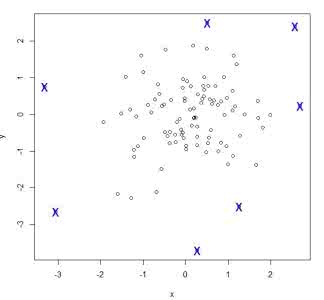The rapid deployment of Internet of Things (IoT) applications leads to massive data that need to be processed. These IoT applications have specific communication requirements on latency and bandwidth, and present new features on their generated data such as time-dependency. Therefore, it is desirable to reshape the current IoT architectures by exploring their inherent nature of communication and computing to support smart IoT data process and analysis. We introduce in this paper features of IoT data, trends of IoT network architectures, some problems in IoT data analysis, and their solutions. Specifically, we view that software-defined edge computing is a promising architecture to support the unique needs of IoT data analysis. We further present an experiment on data anomaly detection in this architecture, and the comparison between two architectures for ECG diagnosis. Results show that our method is effective and feasible.
翻译:迅速部署Tings(IoT)应用程序导致需要处理的大量数据。这些IoT应用程序对延时和带宽有具体的通信要求,对其生成的数据提出了新的特点,例如时间依赖性。因此,有必要通过探索当前IoT结构的内在通信和计算性质来支持智能IoT数据过程和分析来重新塑造目前的IoT结构。我们在本文件中介绍了IoT数据的特点、IoT网络结构的趋势、IoT数据分析中的一些问题及其解决办法。具体地说,我们认为,软件定义边缘计算是支持IoT数据分析的独特需要的有希望的架构。我们进一步介绍了这一架构中数据异常现象探测的实验,以及用于ECG诊断的两个结构之间的比较。结果显示,我们的方法是有效和可行的。





